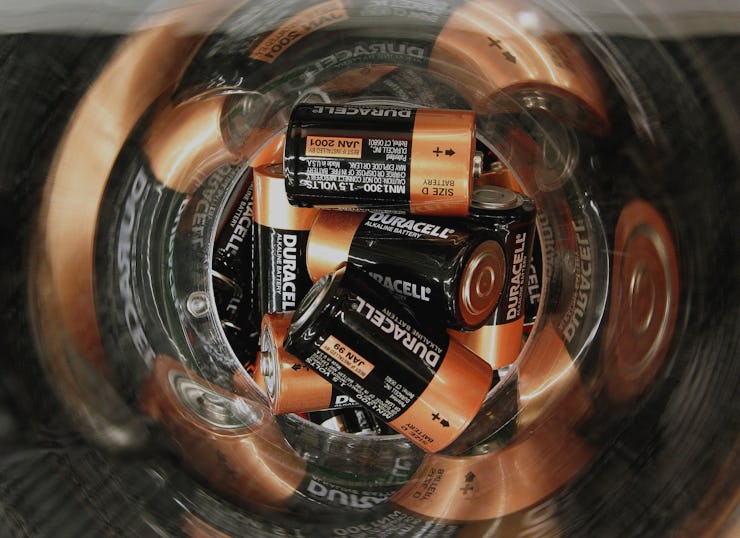Zinc-Air Batteries Research Could be a Game-Changer for Consumer Tech
Time to get familiar with zinc-air batteries.

Zinc-air batteries have always struggled to compete with the popularity of their lithium-ion counterparts. Although they provide a more powerful form of energy for electronic devices and potentially could last five times longer than the battery that powers your iPhone, the cost of making zinc-air batteries has always been prohibitively high. But a team of Australian engineers think they’ve developed a method could change that.
In a new paper published in Advanced Materials on Tuesday, chemical engineers from the University of Sydney and Nanyang Technological University outline a new method for creating electrocatalysts from scratch — bypassing the need for expensive metals like platinum or iridium oxide while retaining the high-efficiency performance of the battery. The researchers think they can “produce a family of hybrid materials” instead of using precious metals.
What is a Zinc-Air Battery?
Zinc-air batteries are powered by a mix of zinc metal and oxygen. Zinc is an incredibly cheap and abundant metal, and oxygen is everywhere. The design allows these batteries to store up to five times more energy than lithium-ion batteries, and, notably, zinc is less harmful on the environment: Because zinc is low in toxicity, there’s not as severe of an impact on the environment when the batteries are trashed or recycled, and little concern that the degradation of those batteries could harm surrounding ecosystems. No special steps are needed (assuming its a mercury-free design) to throw them away. All of this is to say that on paper, zinc-air batteries ought to be wildly popular.
The Problem with Zinc-Air Batteries
The major obstacle, however, is that zinc-air batteries are difficult to recharge. The discharge and charge process requires “bifunctional oxygen electrocatalysts” to facilitate the reduction and generation of oxygen. In the case of zinc-air batteries, electrocatalysts have proved too expensive for all but a few limited uses, like some hearing aids.
A University of Sydney researcher holds up a rechargeable zinc-air battery.
With that problem in mind, a new, cheaper method for creating battery electrocatalysts could be a game-changer. Here’s how they did it: Researchers create catalysts with a three-step process, involving the simultaneous control of a metal oxide’s composition, size, and crystallinity.
Through this approach, an electrocatalyst can be comprised of much more common metals like iron, cobalt, and nickel.
“We are solving fundamental technological challenges to realize more sustainable metal-air batteries for our society,” said University of Sydney researcher and lead author Yuan Chen.
Trials of zinc-air batteries using the new catalysts yielded solid rechargeability, Chen said, including less than 10 percent of a battery efficacy drop-off after 60 charge-discharge cycles.
If the findings can survive more trials and can be replicated in other situations, there might finally be a successor to lithium-ion batteries waiting for us in the next decade.